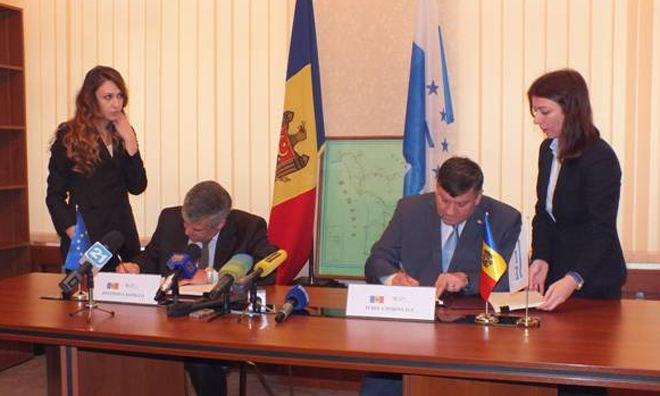Moldova to receive €50m EIB loan for railway modernisation
Posted: 3 October 2016 | | No comments yet
The European Investment Bank has announced a €50 million loan for the modernisation of Moldova’s railway network and rolling stock.


Credit: CFM
The European Investment Bank has announced a €50 million loan for the modernisation of Moldova’s railway network and rolling stock.


Credit: CFM
The Republic of Moldova is to receive €50 million for a railway and rolling stock modernisation project. The development has received a €5 million investment grant from the European Union, and is co-financed with the European Bank for Reconstruction and Development (EBRD).
Funding will upgrade assets located on the extended TEN-T network
The EIB, EU and EBRD investment will help nurture trade in Moldova and between Moldova and its trading partners in the EU and Eastern Neighbourhood region. In particular, work will be carried out to upgrade assets located on the extended TEN-T network.
According to the EIB, the loan will contribute to enhancing the competitiveness of local products and generate efficiencies, potentially increasing exports. Furthermore, funding will help prevent a modal shift from rail to road. It will also increase passenger safety and operational speed, and reduce vehicle and infrastructure operating costs which will lead to an improvement in the financial sustainability of Moldova’s national railway company (CFM), the final beneficiary of the EIB loan.
The project is also part of a broader programme which includes the restructuring of the Moldovan railway sector in order to enable it to provide adequate services and to compete with other modes of transport.
Moldova railway modernisation project
The project consists of two components: the acquisition of mainline diesel locomotives and the associated maintenance equipment and the rehabilitation of selected sections of the railway infrastructure. The new locomotives will replace their obsolete predecessors and the railway infrastructure rehabilitation will be carried out on sections whose renewal is long overdue.



